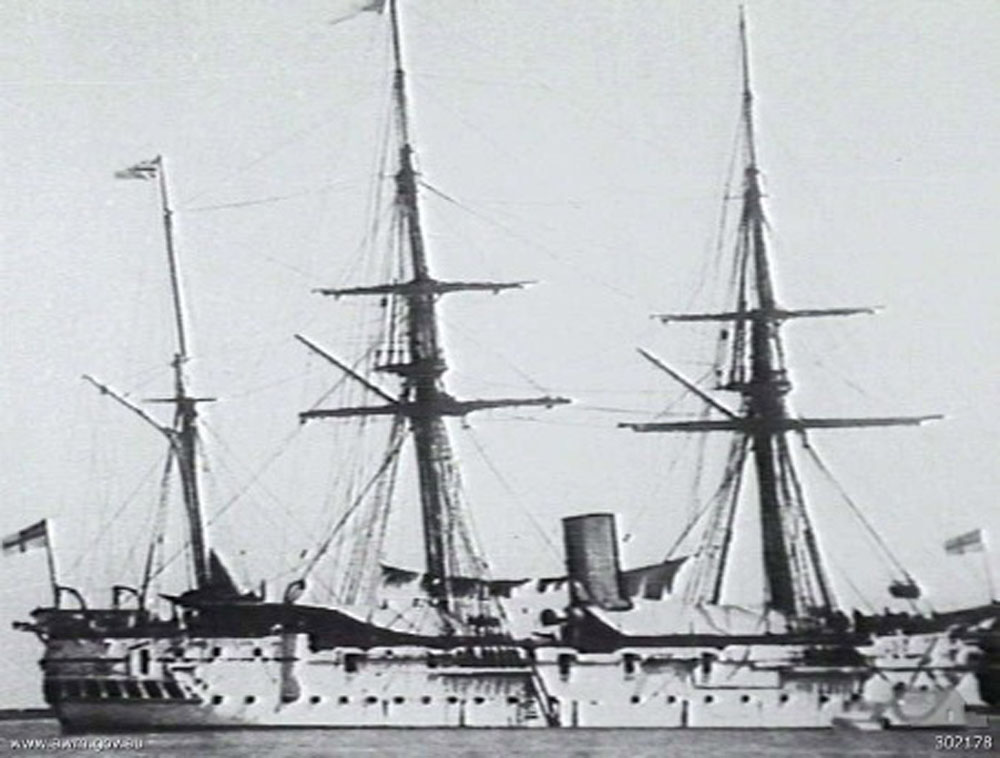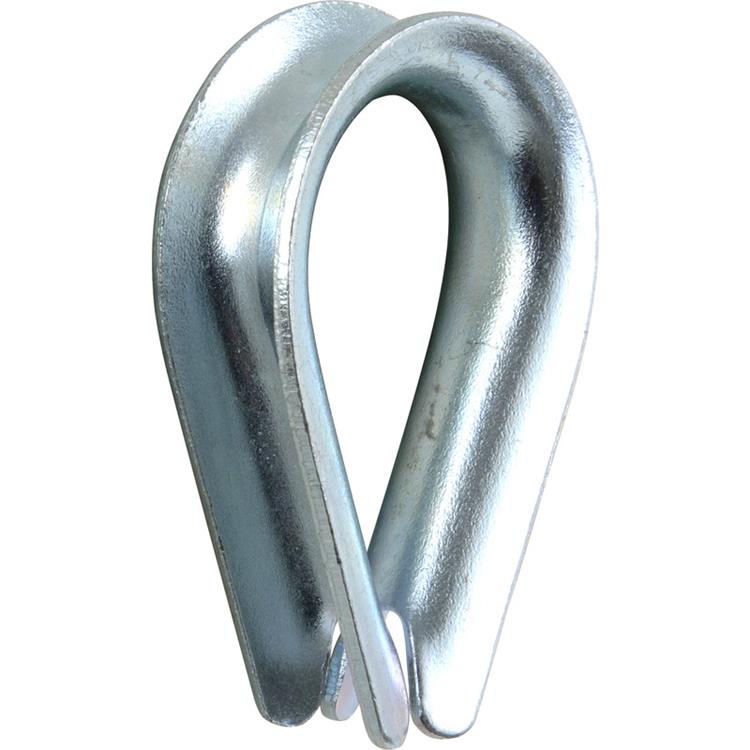1888 – First Training Camp on Inchkeith
| < 1888 – First enrolment | Δ Index | 1889 – 2nd Camp on Inchkeith > |
First Training Camp Inchkeith 1888
The first camp was held on Inchkeith, the island fortress in the centre of the Firth of Forth opposite Leith, in a very wet and stormy fortnight in 1888, and for many years the hulk of H.M.S. Dido, lent by the Royal Navy, was used as a store-ship, office and headquarters, and was moored at the minefield during the training in the Firth, pending the construction of a permanent shore establishment. The Dido lay in Leith Docks during the non-training period.

HMS Dido
Henry Cadell’s diary
Henry Cadell kept a regular diary and then wrote up entries in his annual journal. These records give a first-hand account of the organization and the work involved.
1888 Volunteering
In connection with the new War Dept. plans for the Defence of the Forth, a Corps of Submarine Miners was formed this year.
Frank Grant Ogilvie of Aberdeen, an old college companion now Principal of Heriot Watt College in Edinburgh undertook to organise & raise the Corps whose headquarters are at Leith.
The Corps is under the Royal Engineers and is on a different footing from ordinary volunteers as the men receive 5/- per day when at training (for a fortnight yearly,) and have to attain great proficiency in the special work they have to do.
The work consists in loading and laying a large series of submarine explosive mines fired from the shore by electricity and connected with the batteries by an elaborate system of single and multiple cables. The mines are laid across the fairway of the Firth so that ships cannot pass without striking them. In the event of war, friendly ships will be warned off or directed to sail through a secret friendly channel unknown to the enemy. Enemy ships may strike and in doing so ring an electric bell on shore. When the firing circuit may, if desired, be turned on which will cause the mine with its 25- 600 lbs of gun-cotton to explode with terrific violence and injure or totally disable or sink the intruder.
As the new corps was in want of officers, I joined in April as 2nd lieutenant and the course of instruction was begun on 10th April, when along with Ogilvie and Capt. H Beare, I received a lesson in making Knots.
The course of instruction was continued this summer and culminated in the Camp on Inchkeith which began on 21st July and lasted a fortnight.
1888 First Camp on Inchkeith
The first encampment of the Volunteer Engineers Forth Division Submarine Miners R.E. was inaugurated under very unfavourable conditions. The weather was wet and miserable nearly all the time and there being no shelter but canvas the life was anything but comfortable. Nevertheless the corps behaved very well and I for one enjoyed it well.
The party to which I was detailed was that devoted to indication of alignments. As there was not much special work to be done in this department I was detailed off to make a series of soundings for a proposed new harbour which was very much needed. In addition to this work which was satisfactorily carried out by the party of sappers under me, I had my share of ordinary camp routine work and company drill before breakfast at 8. And by the end of the time I managed to learn a great deal of military business.
The officers of the camp were:-
Major F Grant Ogilvie
Capts. T. H. Beare and Theodore Salvesen
Lieuts. H. M. Cadell and Jas. Currie jun.
Adjt Lieut J Organ Coast Battalion R.E.
As it is necessary for Officers to pass in Submarine Mining at Chatham, Major Ogilvie and I went there on 7th September and were examined in Part I of the course. We remained at Chatham a week and passed well in the following subjects included in Part I:
1. Knotting
2. Splicing
3. Crowning Cables
4. Jointing
5. Loading Mines
6. Bending Thimbles to wire ropes
7. Hydraulic testing of mines
8. Connecting up Electro Contact, Bury out and Ground Mines
9. Signalling with flags Part I
All these were done practically and there was no written paper. I passed well in everything except signalling. To read flag signals is very difficult and will require much more practice than I have as yet had.
We had quarters in rooms in Brompton but we messed with the Submarine Miners R.E. officers St Mary’s Barracks. These we found very pleasant fellows.
The early emphasis on Knotting might smack of “Boy Scouts” but was a very important skill, as mines had to be lashed securely when being transported.

Splicing, Crowning and Jointing are related to the electrical cables that connected each mine to the control station on shore. These cables were copper-cored, insulated with layers of India rubber, and protected by an outer sheath of steel wires.
To join two lengths of cable together, the copper cores were Jointed (initially they tried solder joints, but these were tricky in an open boat, so they used twisted joints, wrapped in insulating tape, and the armoured wires in the outer sheath were Spliced together.
When cables were attached to junction boxes, as shown on the left, or to the body of a mine, the wires of the outer sheath are folded back over a lashing of cord to create a “crown” which would be gripped securely when the sealing gland was tightened up.
Loading mines onto the mine-laying ship is self-explanatory.
Wire ropes were used to attach mines to their sinkers.
Eyes are formed in the end of a cable, by Bending the cable round a Thimble and securing it with a shackle or clamp.

a thimble
Hydraulic testing ensured that the mines remained water-tight.
Connecting up Electro Contact, Bury out and Ground Mines referred to making and testing the electrical connections to the various types of mine.
Signaling with flags was necessary for communication between the shore station and the mine-laying ship, to relay messages relating to the position of each mine, and the results of electrical tests of the connection from each mine to the shore station.
There were lots of new skills for officers and men to learn and then to practise in subsequent training camps.
| < 1888 – First enrolment | Δ Index | 1889 – 2nd Camp on Inchkeith > |
top of page
